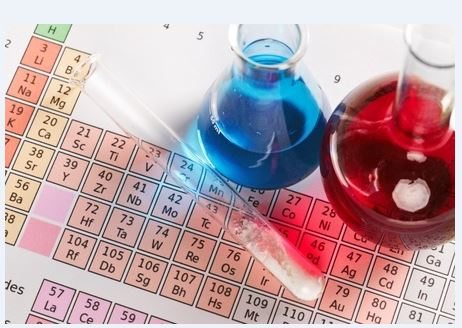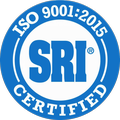 Na taucoko sa kunei ena veimataqali ka kecega, oka kina na vakatawa ni bati, iyau talei, loka ni katuba, iyaya ni ivakatagi, siliva, dakai, kei na ivakatakata ni nukilia. Ia na cava na kedra taucoko kei na cava era buli mai kina?
Na taucoko sa kunei ena veimataqali ka kecega, oka kina na vakatawa ni bati, iyau talei, loka ni katuba, iyaya ni ivakatagi, siliva, dakai, kei na ivakatakata ni nukilia. Ia na cava na kedra taucoko kei na cava era buli mai kina?
Era caka ena vatu dravudravua vata kei na veika tale eso me rawa ni ra vinaka cake kina ena so na sala. While some people assume the term ‘alloys’ means a mixture of metals, the reality is that alloys are materials made up of at least two different chemical elements, one of which is a metal. For instance, cast iron is an alloy made up of iron (a metal) mixed with carbon (a nonmetal).
Typically, an alloy has its main metal (also known as the parent or base metal) which represents 90 percent or more of the material and then its alloying agent(s) which can be either metal or nonmetal, present in smaller quantities. Some alloys can be compounds, but generally they’re in the form of a solid solution.
Things like airplanes and skyscrapers exist thanks to alloys. Sara, alloys take a main metal and improve its physical properties so it’s stronger and harder and/or less malleable and less ductile. Manufacturers like using alloys to improve their products’ durability, ability to withstand heat, and/or ability to conduct electricity.
Alloys have been traditionally made by heating and melting components to make liquid forms which can be mixed together and cooled into a solid solution. Alternatively, alloys can be made by turning components into powders, mixing them together, and fusing them thanks to high pressure and a high temperature. Also, ion implantation, whereas ions are fired into the surface layer of a piece of metal, is another way to make an alloy.
Eagle Alloys has been in the business of cutting, shaping and distributing essential materials to industrial companies such that sophisticated alloys can be utilized in hundreds of different, important applications. Qiri 800-237-9012 to discuss alloys currently available to meet your needs.






